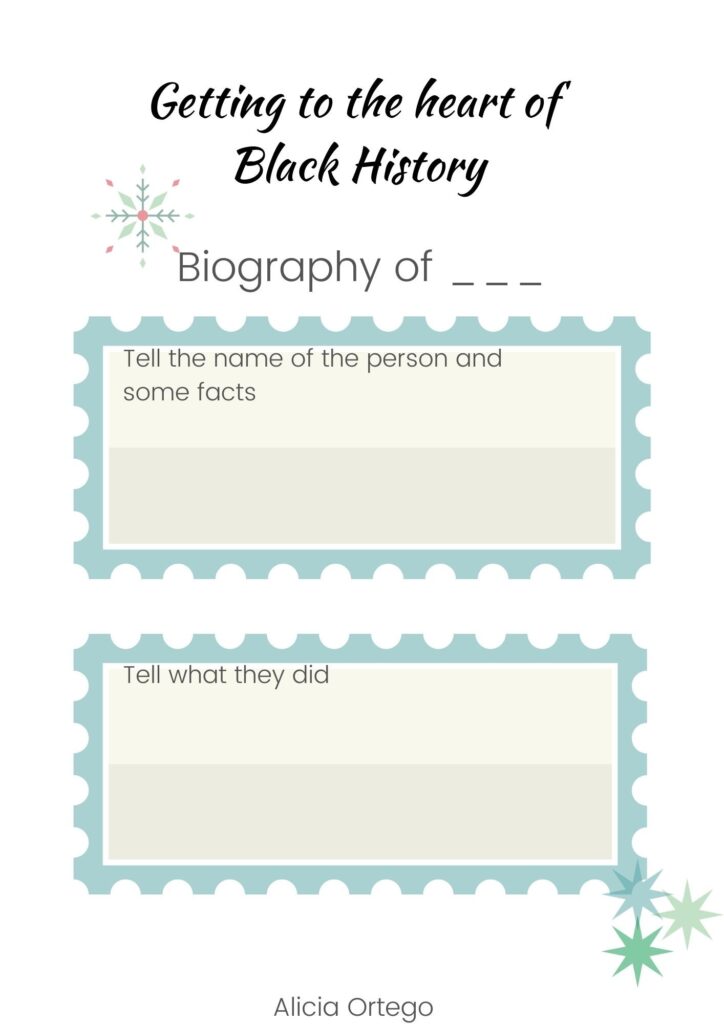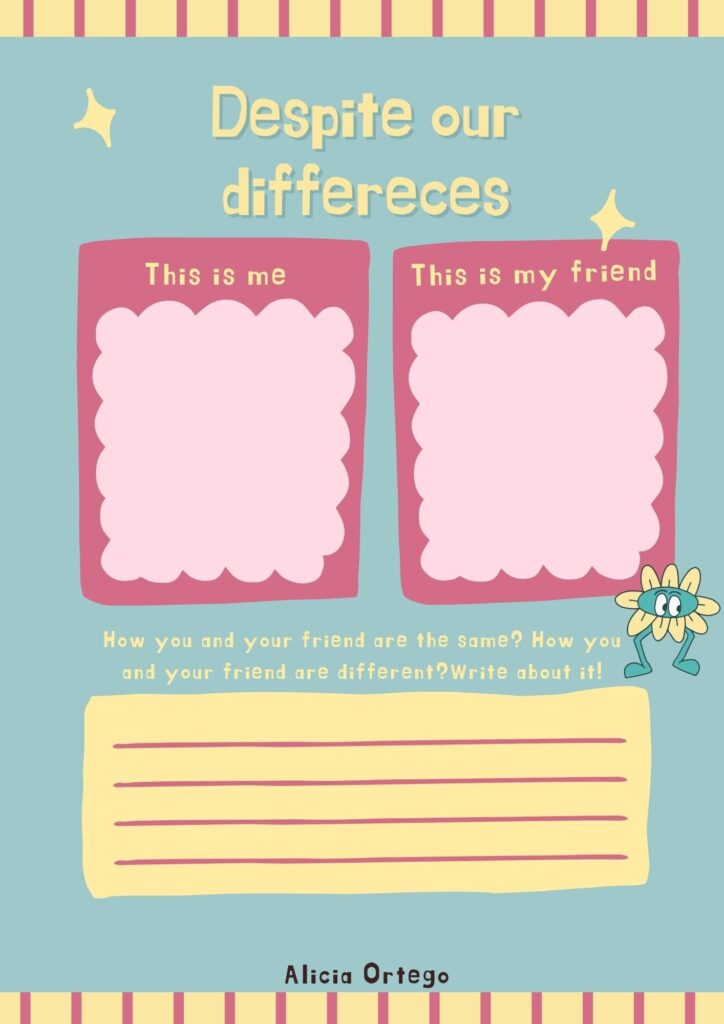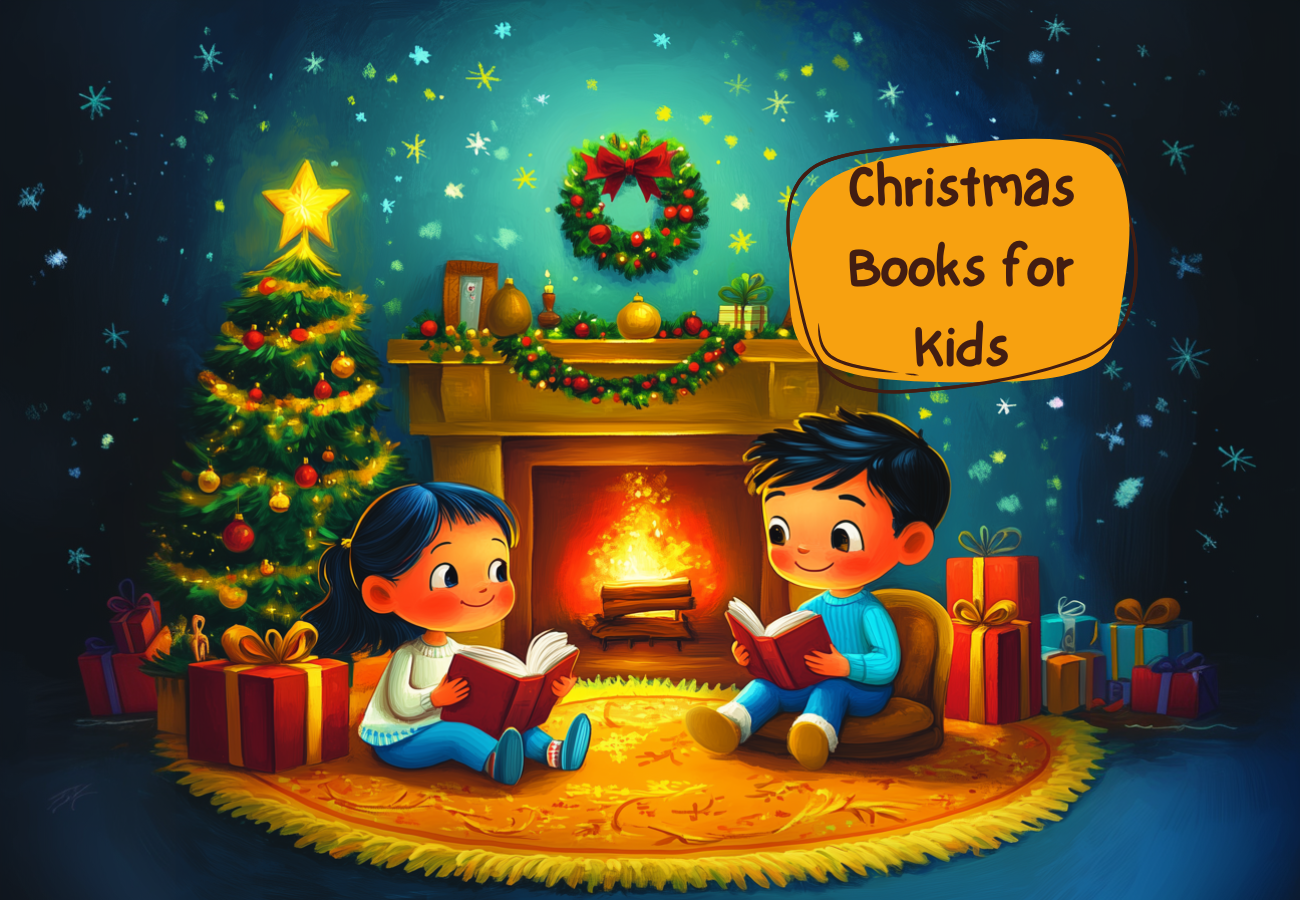Black History Month Activities for Kids

Black History Month is an annual celebration of African-American history. The event takes place every February. The choice of the month isn’t random, by the way. Abraham Lincoln and Frederick Douglass were born in February and both contributed to the abolishing of slavery. No doubt, other activists were struggling to make it happen too. Still, these two men had a great impact on the course of history.
Then, it was Carter Woodson, an African-American historian, who announced the second week of February to be a week of black culture. During the following decades, the event was growing in popularity. Furthermore, in 1969 it was proposed to dedicate the whole month to African-American history. Finally, president Gerald Ford recognized it as an important event restoring historical validity.
How to Spend Black History Month for Kids?
The main purpose of Black History Month is to address racism and discrimination. Every school and kindergarten provides lessons on the topic. Kids are being told important historical facts. Also, they familiarize themselves with famous African-Americans. These personalities are examples of utter commitment to society’s needs and endless kindness.
One should apply special approaches to make lessons both entertaining and informative. Teachers claim that interactive tools increase students’ engagement. The difficulty is, though, to find appropriate worksheets and activities. How do you introduce the issue to kids? Let’s throw out some black history month ideas.
Black History Month Activities for Kids
Enjoy Traditional Food
One great way to get acquainted with African-American traditions is to taste their food. There are many dishes to start with. The list of the most common options includes:
- Peanut Soup;
- Coconut Pie;
- Ginger;
- Rice, etc.
Fruit salads are a very popular snack, too. It may include both native and non-native fruits. Even so, avocado is a must-have. All other fruits are optional. In fact, four of them will be enough to cook a salad. Encourage kids to team up. It`s a type of bonding activity as well. By the way, your little one can check out his friendship skills on my website.
Create a Collage
Prepare in advance:
- One sheet of paper, each white and black;
- One bright sheet of paper;
- Glue stick.
So, how do you make black history month projects?
- Tear black and white sheets of paper into small pieces;
- Paste them on the bright sheet, creating geometric designs;
- As an option, put a picture out of the pieces (it can be inscriptions too).
When done, let the kids show their artwork. Ask them what has worked out and what hasn’t. By the way, admitting one’s mistakes is a nice chance to practice self-acceptance. Accepting yourself is essential for understanding your needs and your own story. Try “All About Me” Worksheet to translate this idea to kids.
Sum up the activity by inviting children to take part in a discussion. Mention such points as:
- Emphasize that all pieces are different and there are no better or worse ones;
- The collage looks so eye-catching thanks to the diversity of pieces;
- If a child had used the pieces of only one color, he would never have created such a magnificent collage;
- There are no identical pieces. All of them are different as well as people. And it’s OK. In such a way, you`ll teach kids to accept other human beings;
- Ask them “what is black history month for kids” and “how to make it special”.
- Take kids’ ideas into account.

Role Play
Tell kids about famous African-American and let them act out their lives. Overlook some moments which may seem too dreadful to children. Instead, focus more on positive experiences like achievements.
Kids can also research famous African-American people who made an impact on American history and prepare a project about a historical figure.
Here’s a Downloadable PDF Worksheet to help teachers.
Here’s the list of famous African-Americans for kids:
- Daisy Bates – was an activist who helped black people get to school safely after segregation was canceled;
- Ruby Bridges – was the first student to go to school with white people. She was mocked off but didn’t miss a single day.
- Charles Drew – a scientist, the inventor of blood banking;
- Claudette Colvin – a civil right activist;
- Wilma Rudolph – an Olympic champion;
- Rosa Parks – one of the most prominent civil rights female activists;
- Daniel Hale Williams – a specialist in open-heart surgery, etc.
Black History Month Activities for Preschool
Small kids should also be engaged in celebrating Black History Month. You shouldn`t overload them with information, though. Still, there are dozens of ways to raise their awareness and, thus, prevent racist bullying in the future.

Kids can also tell about them and their friends. This Printable Worksheet will help them see that despite differences all kinds of people can be friends and everybody should be kind to each other.
Play a Telephone Game
Children enjoy modeling phone calls. Tell them about Granville T. Woods, who invented a railroad system that prevented train collisions. He used to perform phone calls for it. Play a game, based on the invention:
- Take a toy railway;
- Appoint an engineer and train drivers;
- Let them talk on the phone and report on the situation on the railroad.
Learn Poems by Heart
There`re a lot of African-American poets for kids. Persuade a child to learn at least one verselet. Scientists claim kids learn the most valuable human traits through poetry. These are such virtues as kindness, self-consciousness, and compassion. Besides, reading aloud develops imagination.
Here are some most popular black history poems for children:
- “Little Prayer” by Danez Smith
- “Knoxville, Tennessee” by Nikki Giovanni
- “Stand Up” by Jessica Zannini
- “Black History Month” by Nikki Giovanni
Look how powerful words can be.
Little Prayer by Danez Smith
let ruin end here
let him find honey
where there was once a slaughter
let him enter the lion’s cage
& find a field of lilacs
let this be the healing
& if not, let it be
Tell Your Friend or Relative
Spent time broadening kids` horizons. Read a book about black history, watch a cartoon or an appropriate movie. Then, ask them to share their experience with close ones. Children can draw pictures or write letters to relatives or friends.
Play the Traffic Light Game
Did you know that Garrett Morgan came up with the idea of a 3-light signal? Commemorate him by playing a fun game.
Ask children to line up, an adult in the role of a stoplight. He stands at a distance from the kids and individually shows them pictures of 3 colors. Children are supposed to run when it’s green, walk slowly through a yellow light, and stop at a red one. The one to make it first to the stoplight wins.
Last but not Least
Plenty of ideas related to black history arts and crafts for preschool and older students. Use the ideas above or come up with your ones. Either way, those activities will be helpful to improve racial equality. Be aware!
More articles

The Impact of Color and Texture on Children’s Emotions, Behavior, and Learning
Children don’t just see their environment — they absorb it. Every color, every texture, and every visual detail around them quietly shapes the way they focus, relax, behave, and even understand their own emotions. While adults often adapt to a space automatically, children respond to it instantly and instinctively. That’s why creating a supportive environment […]

What Is Preschool and Why It Matters for Early Development
Choosing the right preschool is one of the most critical decisions parents make in shaping their child’s early development. In today’s evidence-based educational climate, early childhood education is recognized not merely as preparatory schooling, but as a scientifically validated foundation for cognitive, emotional, and social growth. High-quality programs such as Little Scholars NYC, an established […]

5 Best Christmas Books for Kids to Enjoy This Holiday Season 🎄
Christmas is a magical time of year, and what better way to celebrate the season than by cozying up with your little ones and sharing the joy of holiday stories? Books have the power to bring families together, teach valuable lessons, and fill hearts with the spirit of the season. Here are five of the […]



